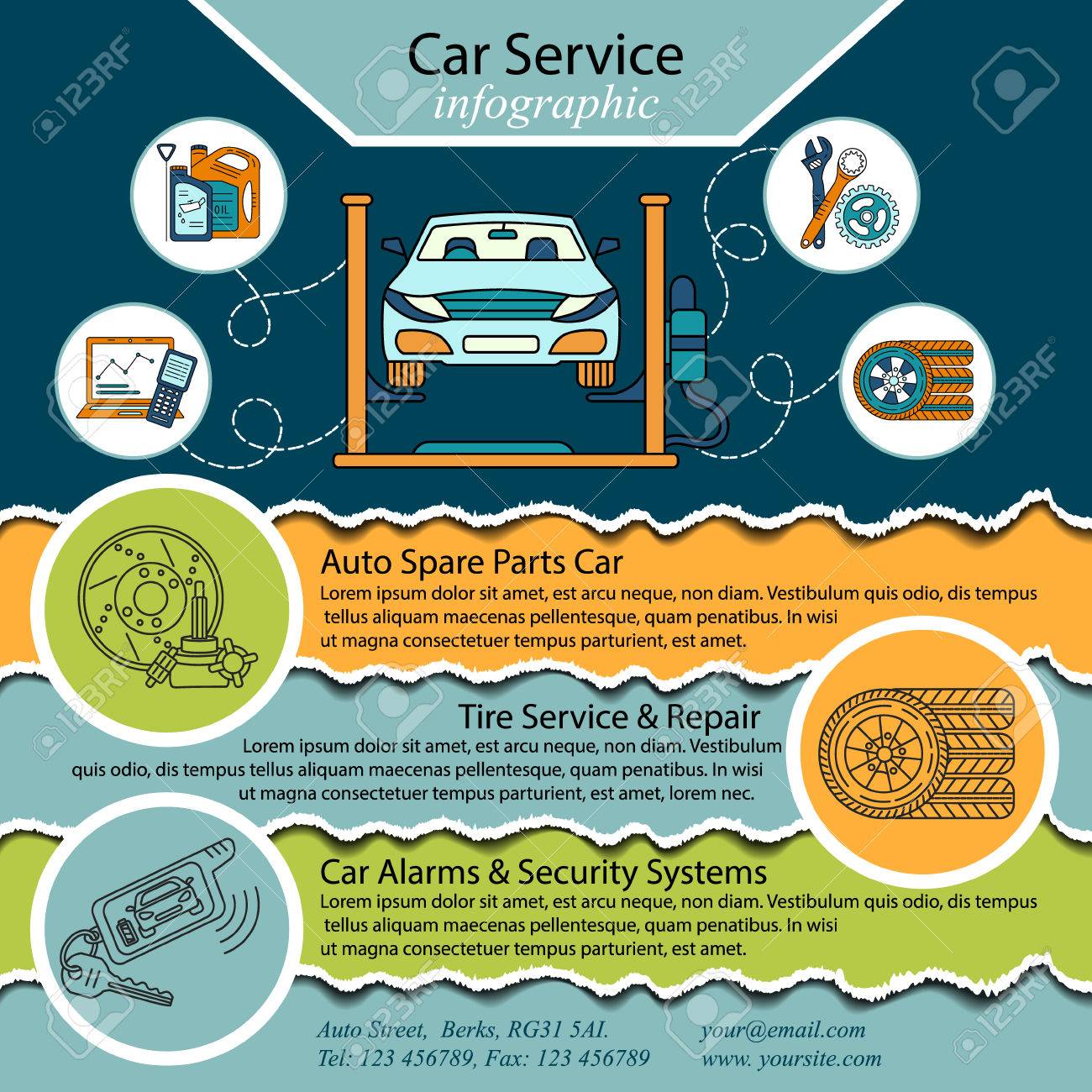Looking For Clarity On The Warning Lights Displayed On Your Auto'S Control Panel? Find Out Exactly How They Relate To Your Car'S Health And Wellness
Looking For Clarity On The Warning Lights Displayed On Your Auto'S Control Panel? Find Out Exactly How They Relate To Your Car'S Health And Wellness
Blog Article
Team Writer-Lim Shepherd
When you're behind the wheel, those beautiful caution lights on your dashboard can be a bit difficult. Do you understand what they're attempting to inform you about your cars and truck's health and wellness? Recognizing the importance of these lights is important for your safety and security and the durability of your car. So, the following time among those lights turns up, would not you want to decipher its message accurately and take the needed steps to address it?
Common Caution Lighting and Interpretations
Identify typical warning lights in your automobile and understand their definitions to guarantee safe driving.
Suggested Looking at of the most regular caution lights include the check engine light, which indicates concerns with the engine or exhausts system. If this light comes on, it's vital to have your lorry inspected immediately.
The oil stress warning light indicates reduced oil stress, calling for instant interest to stop engine damage.
A blinking battery light might recommend a defective billing system, possibly leaving you stranded if not attended to.
The tire stress surveillance system (TPMS) light alerts you to low tire stress, influencing vehicle security and fuel performance. Neglecting this can lead to harmful driving problems.
The ABS light indicates a trouble with the anti-lock stopping system, compromising your capacity to stop promptly in emergencies.
Finally, the coolant temperature level advising light warns of engine overheating, which can result in severe damages otherwise settled quickly.
Understanding these usual warning lights will certainly aid you address problems immediately and keep risk-free driving conditions.
Value of Prompt Focus
Recognizing the common caution lights in your car is only the initial step; the relevance of immediately dealing with these warnings can't be stressed sufficient to guarantee your safety when driving.
When a warning light illuminates on your control panel, it's your automobile's method of interacting a potential problem that needs focus. Ignoring these warnings can lead to a lot more serious issues in the future, compromising your safety and security and possibly costing you extra out of commission.
Motivate focus to alerting lights can stop breakdowns and accidents. For example, a blinking check engine light could show a misfire that, if left neglected, could trigger damage to the catalytic converter. Resolving this without delay can conserve you from a costly repair work.
In https://brake-shop-near-me73840.topbloghub.com/37545339/personal-narrative-upgrading-my-old-car-with-a-weekend-of-detailing-job , a brake system warning light could signal reduced brake liquid or worn brake pads, crucial parts for your safety and security when driving.
DIY Troubleshooting Tips
If you discover a warning light on your dashboard, there are a couple of DIY troubleshooting ideas you can try before seeking specialist assistance.
The very first step is to consult your cars and truck's manual to recognize what the details caution light indicates. In some cases the concern can be as simple as a loosened gas cap setting off the check engine light. Tightening up the gas cap might fix the issue.
An additional usual problem is a low battery, which can trigger different cautioning lights. Examining the battery links for rust and guaranteeing they're protected might fix the problem.
If a caution light persists, you can try resetting it by detaching the cars and truck's battery for a couple of minutes and after that reconnecting it. In addition, examining your automobile's liquid degrees, such as oil, coolant, and brake liquid, can aid troubleshoot alerting lights related to these systems.
Verdict
Finally, comprehending your car's warning lights is important for keeping your vehicle running smoothly and safely. By without delay dealing with these alerts and understanding what they indicate, you can avoid costly repair services and potential malfunctions.
Bear in mind to consult your vehicle's handbook for particular details on each warning light and take action accordingly to ensure a trouble-free driving experience.
Stay informed, stay risk-free on the road!
